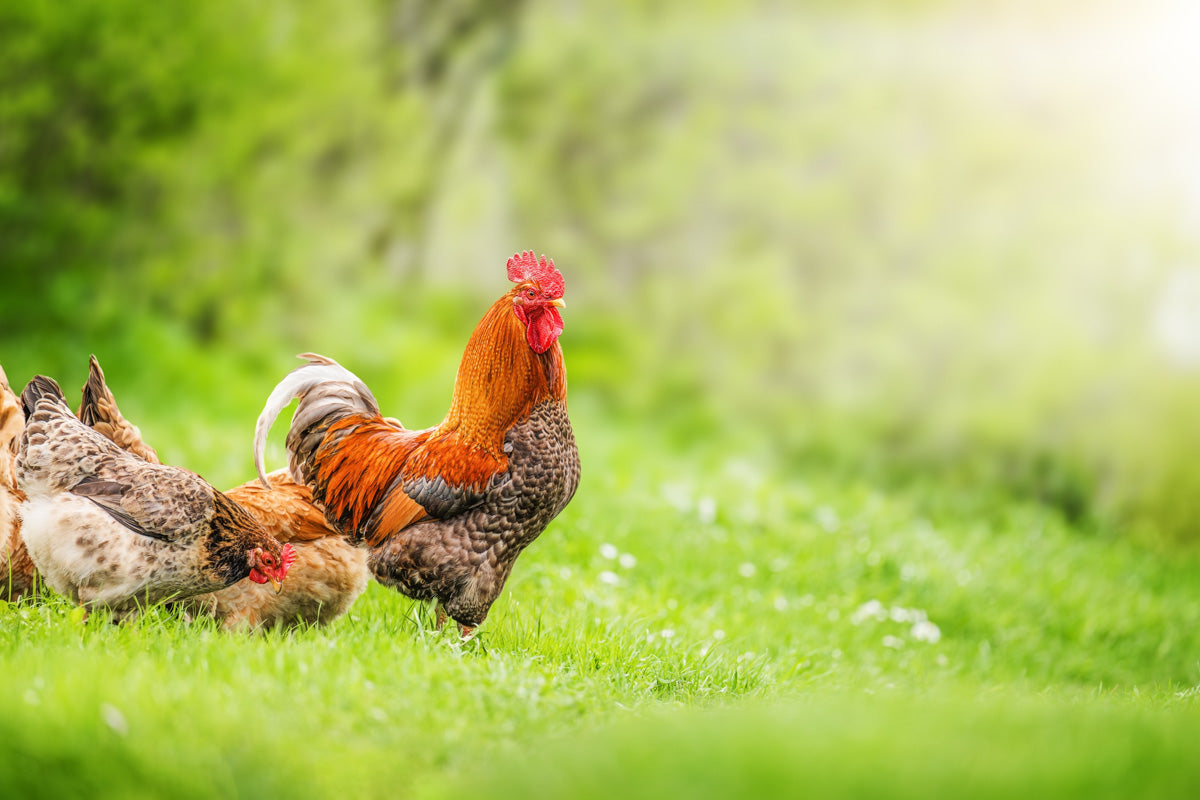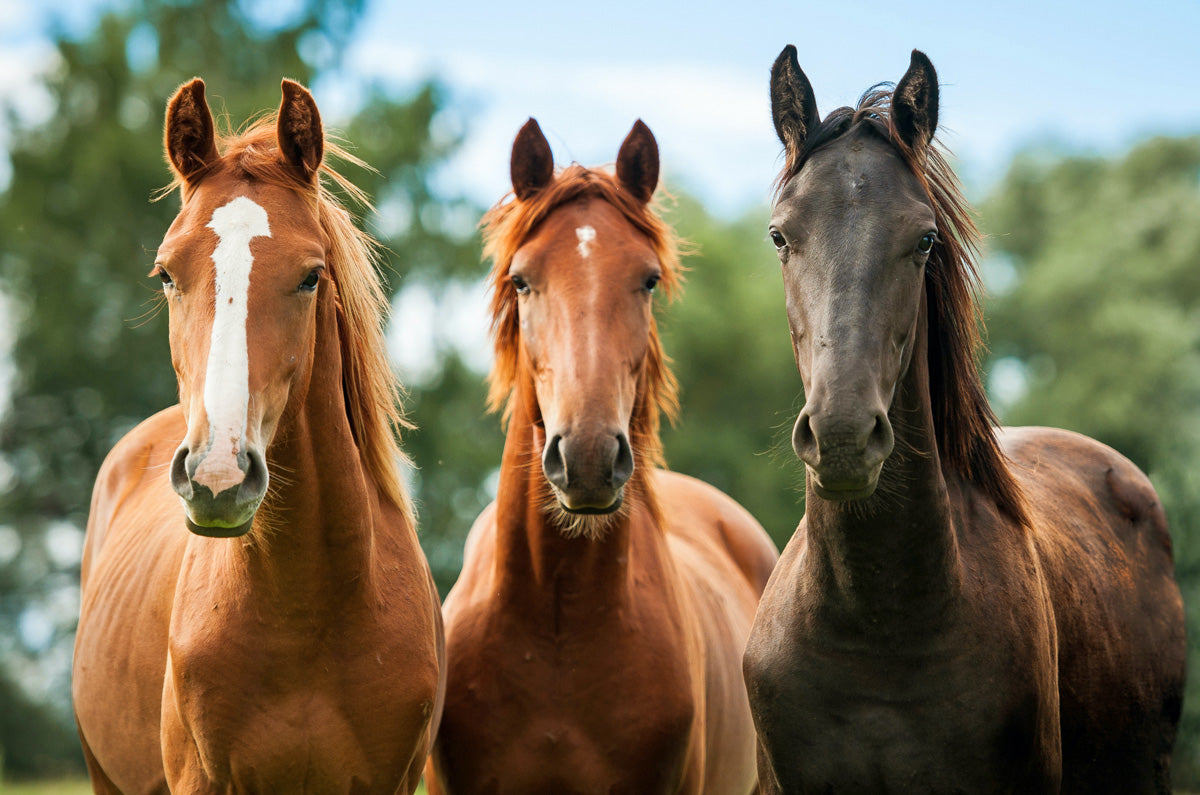Determining the sex of chickens is an essential skill for poultry enthusiasts and farmers alike. Whether you are planning to raise a backyard flock or want to ensure proper flock management, knowing how to identify the sex of chickens is crucial. While it may seem like an enigma, there are several reliable methods that can help you discern the gender of these feathered creatures. In this article, we will explore various techniques and indicators that will enable you to confidently determine the sex of your chickens.
- Feather Sexing: One of the earliest and most common methods used to sex chickens is feather sexing. It involves examining the differences in feather development between male and female chicks. Typically, this method can be employed as early as a day-old chick. Here are some key characteristics to look for:
-
Wing Feathers: In certain breeds, male chicks tend to grow wing feathers at a faster rate than their female counterparts. At around 2 to 3 weeks of age, the wing feathers of male chicks appear noticeably longer and more developed compared to female chicks.
-
Tail Feathers: Another indicator of sex can be found in the tail feathers. Male chicks usually exhibit longer and more prominent tail feathers compared to females. This difference can become evident as early as 3 to 4 weeks of age.
It's important to note that not all chicken breeds exhibit clear feather sexing characteristics, so this method may not be universally applicable.
- Comb and Wattles: The comb and wattles, fleshy protuberances found on the top of a chicken's head and beneath its beak, respectively, can provide valuable clues about its sex. Here's what to observe:
-
Size and Color: In most chicken breeds, male chicks tend to have larger, more vibrant combs and wattles compared to females. At a young age, these differences may not be very pronounced, but as the chickens mature, the distinctions become clearer.
-
Development: Male chicks often display more rapid comb and wattle growth than females. By approximately 6 to 8 weeks of age, the differences in size and development become more evident.
- Behaviour and Vocalisations: Observing the behaviour and vocalisations of chickens can offer additional hints regarding their gender. While this method is not foolproof, it can be quite reliable in certain cases:
-
Crowning: Roosters are well-known for their crowing, which typically begins at around 3 to 4 months of age. The crowing sound is unmistakable and is a clear indication of a male chicken.
-
Aggression: Male chickens, especially as they reach sexual maturity, may exhibit more aggressive behaviour compared to females. They may engage in territorial disputes and display dominant behaviour within the flock.
- Vent Sexing: Vent sexing is a technique that requires expertise and is commonly performed by experienced professionals or hatcheries. It involves examining the vent area of a chick to identify its gender. This method is more accurate but requires a trained eye to avoid causing harm to the chick. It is typically conducted within a few days of hatching.
Determining the sex of chickens is an essential skill for poultry enthusiasts and farmers. By utilising a combination of methods such as feather sexing, comb and wattle observation, behaviour and vocalisation analysis, and vent sexing, you can confidently identify the gender of your chickens. Remember that certain breeds may be more challenging to sex accurately using these methods, so it's always beneficial to consult experts or experienced poultry breeders for assistance. With practice and observation, you will become adept at distinguishing between male and female chickens, enabling you to make informed decisions regarding your flock management and breeding programs. Properly identifying the sex of chickens allows you to maintain a balanced flock, optimise egg production, and avoid unnecessary conflicts or overcrowding.




